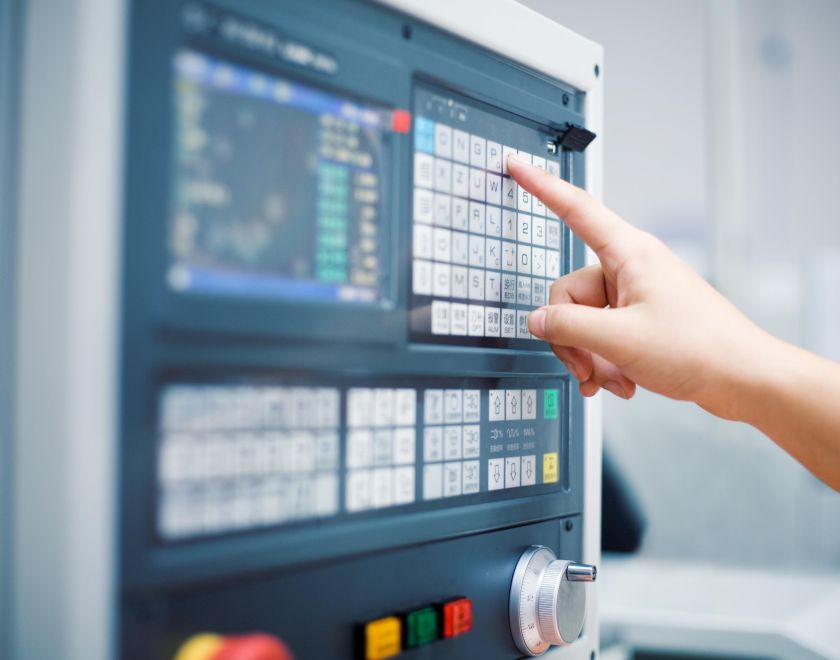A Guide to NAND Flash Memory: Comparing SLC, MLC, TLC, and QLC
Understanding NAND Flash Types: SLC, MLC, TLC, and QLC
NAND Flash memory is a crucial component in modern storage devices. This article provides a comprehensive overview of the different NAND Flash types, including SLC, MLC, TLC, and QLC. By understanding their characteristics, readers can make informed decisions when choosing storage solutions.
What is NAND Flash Memory?
NAND Flash memory is a non-volatile storage technology widely used in solid-state drives (SSDs), USB flash drives, and memory cards. It offers faster read/write speeds, higher storage capacity, and improved power efficiency compared to traditional storage solutions. NAND Flash cells store data in a grid of memory cells, each capable of holding multiple bits of information. Different types of NAND Flash, such as SLC, MLC, TLC, and QLC, vary in terms of their data density, endurance, and cost-effectiveness. Let's delve into each type to understand their unique characteristics and applications.
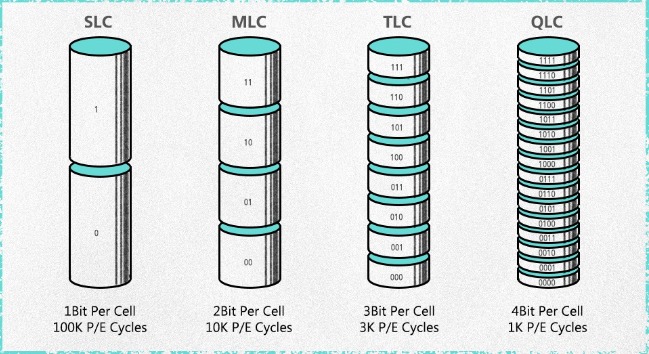
Learn More>>The MLC SSD Alternative: SSSTC’s pSLC SSD
Single-Level Cell (SLC) NAND Flash
SLC NAND Flash is the most expensive but also the most durable type of NAND Flash memory. Each memory cell in SLC NAND stores only one bit of information, resulting in faster program/erase cycles and excellent data retention. SLC NAND offers superior endurance, typically enduring around 100,000 program/erase cycles. Due to its higher reliability, SLC NAND Flash is commonly used in enterprise-grade applications that require high-performance and data integrity, such as industrial automation, medical devices, and aviation systems. However, SLC NAND has lower storage density, resulting in higher costs per gigabyte compared to other types of NAND Flash.
Multi-Level Cell (MLC) NAND Flash
MLC NAND Flash stores multiple bits of information per memory cell, typically two bits. This increases storage density and reduces costs compared to SLC NAND. MLC NAND offers a good balance between performance, endurance, and cost-effectiveness, making it suitable for consumer-grade SSDs, digital cameras, and portable media players. While MLC NAND has higher storage density, it comes at the cost of reduced endurance, typically enduring around 3,000 to 10,000 program/erase cycles. However, advancements in controller technology and error correction mechanisms have significantly improved the reliability of MLC NAND Flash.
Triple-Level Cell (TLC) NAND Flash
TLC NAND Flash takes storage density further by storing three bits of information per memory cell. TLC NAND offers even lower costs per gigabyte compared to MLC NAND, making it an attractive option for consumer electronics and mainstream SSDs. For example, the CL4, CA6, and CVB SSD models utilize TLC NAND technology, providing competitive performance and pricing. However, TLC NAND has lower endurance, typically around 1,000 to 3,000 program/erase cycles. To mitigate endurance concerns, manufacturers employ advanced error correction algorithms and wear-leveling techniques. TLC NAND is an excellent choice for everyday computing needs, including laptops, gaming consoles, and consumer-grade storage devices.
CL6 M.2 2280
NAND Flash: 3D TLC NAND Flash
Interface: PCIe® Gen4 x4
Sequential Read: 6,000 MB/s
Sequential Write: 5,300 MB/s
Quad-Level Cell (QLC) NAND Flash
QLC NAND Flash is the latest advancement in NAND Flash technology, offering the highest storage density and cost-effectiveness. It stores four bits of information per memory cell, further reducing the cost per gigabyte. QLC NAND is commonly found in entry-level consumer SSDs and bulk storage applications. However, QLC NAND has the lowest endurance, typically around 100 to 1,000 program/erase cycles. Manufacturers implement advanced error correction mechanisms, over-provisioning, and wear-leveling algorithms to maintain reliability. While QLC NAND may not be suitable for write-intensive workloads, it provides ample storage capacity for everyday use and brings solid-state storage within reach for a broader range of users.
In conclusion, understanding the different types of NAND Flash memory is essential when choosing storage solutions. SLC NAND offers the highest endurance but at a higher cost, while MLC, TLC, and QLC NAND offer higher storage densities at more affordable prices. Consider the specific requirements of your application to make an informed decision about which NAND Flash type best suits your needs.
SSSTC provides the best quality, competitive cost mainstream storage products with superior customized service.Contact us to find more enterprise SSD or industrial SSD solutions.


__24C05D67dI.webp)

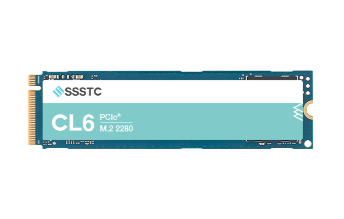
__24C15hqqtC.png)
__24C15wOdCC.png)





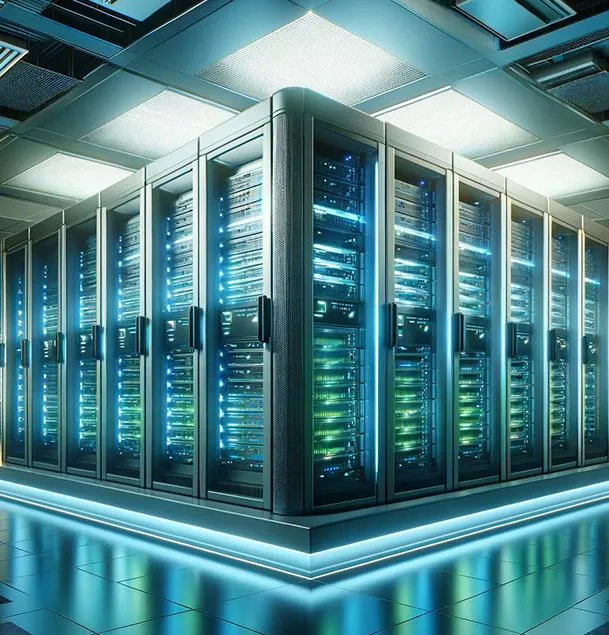


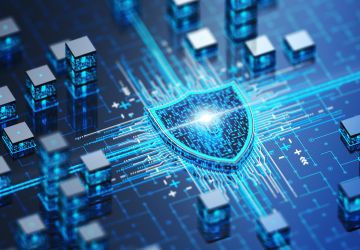
__24C05XQ2my.jpg)


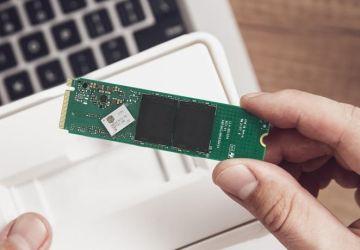



__24C05fplcZ.png)
__24C05vgHYC.png)
